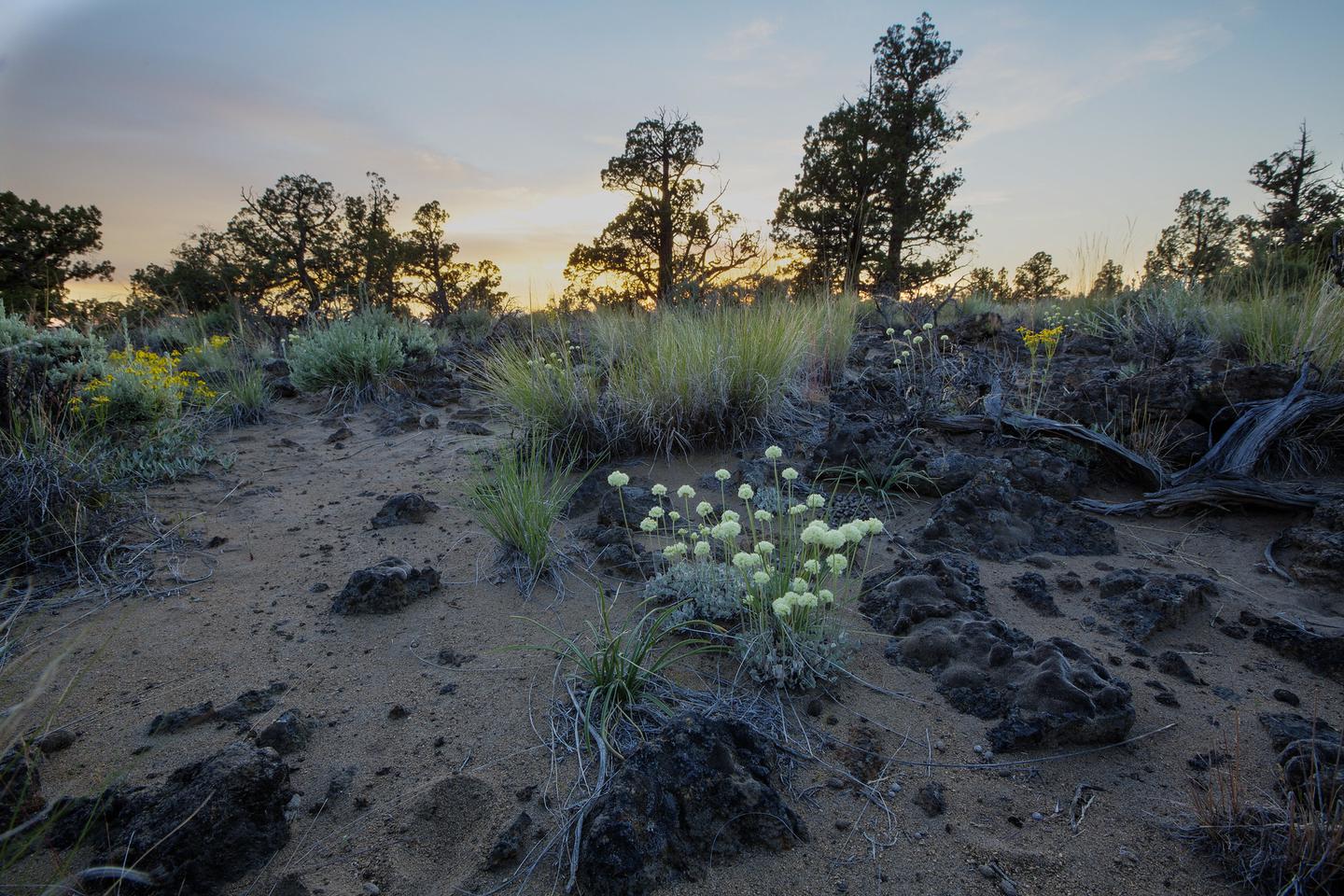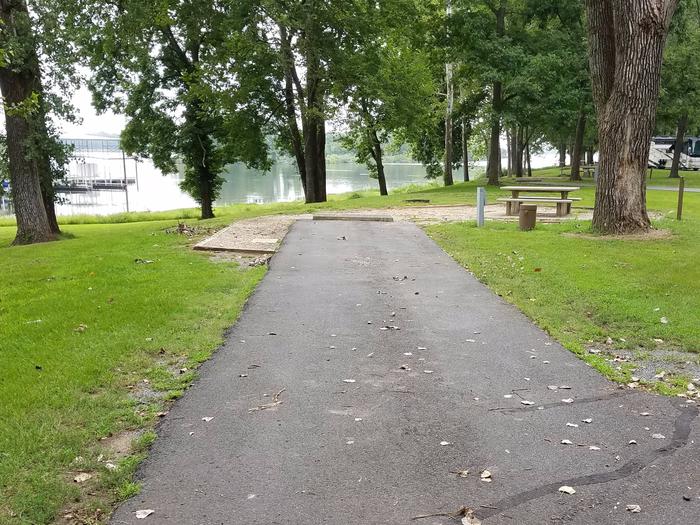Oregon Badlands Wilderness

The United States Congress designated the Oregon Badlands Wilderness in 2009 and it now has 29,180 acres. All of this wilderness is located in Oregon and is managed by the Bureau of Land Management (BLM).
The Oregon Badlands Wilderness holds a number of remarkable and exciting landforms and geologic features. Most of the area includes the rugged Badlands volcano, which has features of inflated lava. Windblown volcanic ash and eroded lava make up the sandy, light-colored soil that covers the low and flat places in these fields of lava. Dry River, active during each of several ice ages, marks the southeast boundary between two volcanic areas—Badlands volcano and the Horse Ridge volcanoes. Earth movements along the Brothers Fault Zone have faulted and sliced up the old Horse Ridge volcanoes, but not Badlands volcano. The Badlands formed in an unusual way. The flow that supplied lava to the Badlands apparently developed a hole in the roof of its main lava tube. This hole became the source of lava that built a shield volcano that we call the Badlands (technically, a rootless shield volcano). An irregularly-shaped pit crater at the top of the shield marks the site where lava flowed in all directions to create the Badlands.
A variety of wildlife species inhabit the area including yellow-bellied marmots, bobcat, mule deer, elk, and antelope. The southern portion of the Badlands Wilderness includes crucial winter range for mule deer. Avian species include prairie falcons and golden eagles.
You can also explore cracked volcanic pressure ridges, called tumuli, or walk narrow moat-like cracks in the ground. Traces of human history are visible to the careful observer. At 29,000 acres, the Oregon Badlands Wilderness represents an outstanding example of ancient western juniper woodlands atop Columbia River Basalts. Almost 50 miles of trails offer the visitor many opportunities for hiking or horseback riding loops of various lengths.
As a designated wilderness, the Oregon Badlands Wilderness enjoys the highest level of permanent protection!
Leave No Trace principles:- Plan Ahead and Prepare
- Travel and Camp on Durable Surfaces
- Dispose of Waste Properly
- Leave What You Find
- Minimize Campfire Impacts
- Respect Wildlife
- Be Considerate of Other Visitors
Regulations:
Motorized equipment and equipment used for mechanical transport are generally prohibited on all federal lands designated as wilderness. This includes the use of motor vehicles (including OHVs), motorboats, motorized equipment, bicycles, hang gliders, wagons, carts, portage wheels, and the landing of aircraft including helicopters, unless provided for in specific legislation. In a few areas some exceptions allowing the use of motorized equipment or mechanical transport are described in the special regulations in effect for a specific area. Contact the agency for more information about regulations


RecAreaDirections
At 29,180 acres, the Oregon Badlands Wilderness is a vast expanse of lava outcrops and weathered western junipers. Five trailheads offer access to fifty miles of trails crossing the wilderness that are open to hiking and horseback riding. The Oregon Badlands Wilderness is open year-round, but is mostly accessed in the Fall, Winter and Spring.
From Highway 20 and 3rd street in Bend, Oregon, drive east 17.9 miles to the Oregon Badlands Wilderness sign, turn left on the paved road and proceed 1 mile to the Badlands Rock trailhead.
It is located about 1500 feet northeast of milepost 15 on Highway 20. Highway 20 traverses the shield along a straight, five-mile stretch between the intersections with an old section of Highway 20 (between mileposts 12.6 and 17.5).
Open with Google MapMisc
| Stay Limit | 14 Days. |
| Reservable | false |
| Keywords | |
| Map Link | |
| Contact Phone | |
| Contact Email |
Permits info
Facilities
Reynolds Pond Recreation Site Facility
An oasis sits just east of Bend...a small 12-acre pond surrounded by old juniper and dusty trails. Tall willow and cattails offer a lush green vista in a sea of desert brown. Visitors can pass through to access the north side of the Oregon Badlands Wilderness or spend the day at the pond, enjoying the sunshine and fishing for sunfish, largemouth bass and brown bullheads. The .75 mile walking trail around the pond provides access to spots for picnicking and floating. Bring a tent and tuck yourself back amid the basalt rock for a primitive night of camping.
Know Before You Go:
- Open YEAR ROUND.
- The pond is not ADA accessible.
- Open for primitive overnight camping. Amenities include limited trailer parking, but no potable water or restrooms. Campfires are allowed; fire restrictions may be in effect in the summer.
- Pets should remain under owner control at all times.
- Motorized boats are not permitted. Canoes, kayaks and float tubes are allowed but must be carried from the parking lot over a narrow bridge to the pond.
Point of Interest:
This pond was built to hold excess water from the Central Oregon Irrigation District canal system. It has been stocked for fishing and the state record reader sunfish was caught here at almost two pounds!Reynolds Pond Brochure

 CuteCamper
CuteCamper
